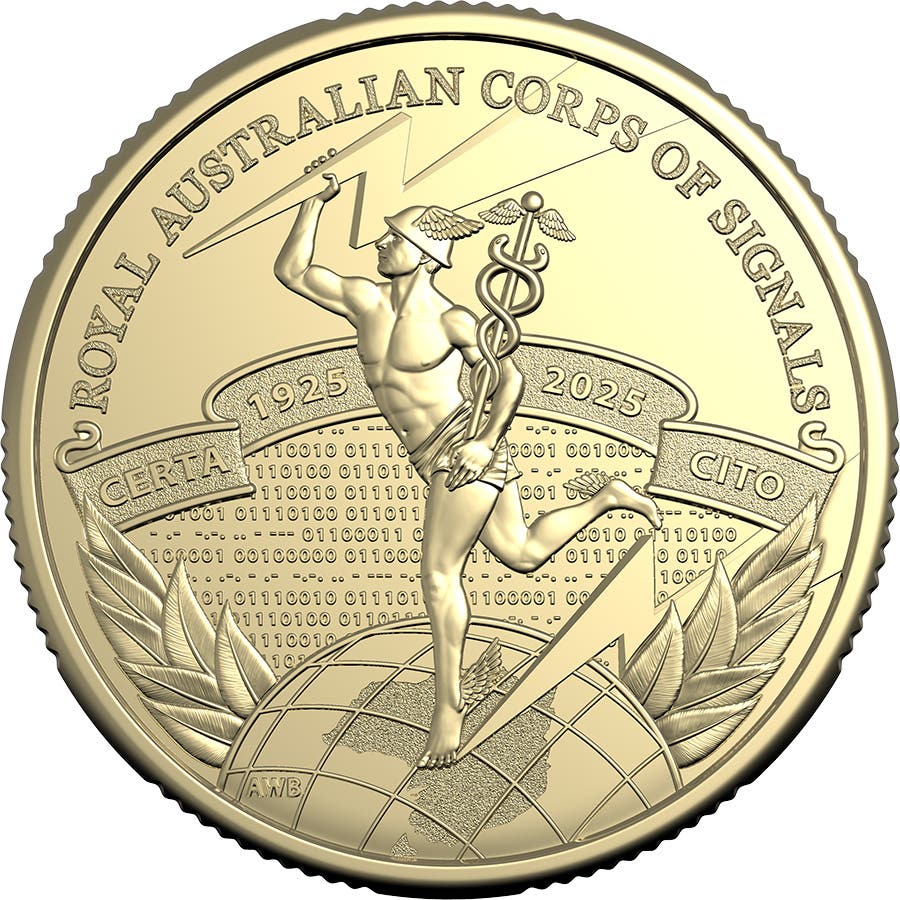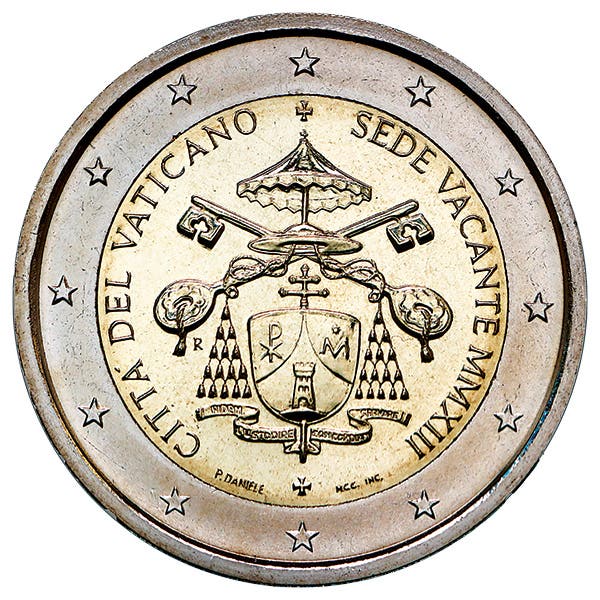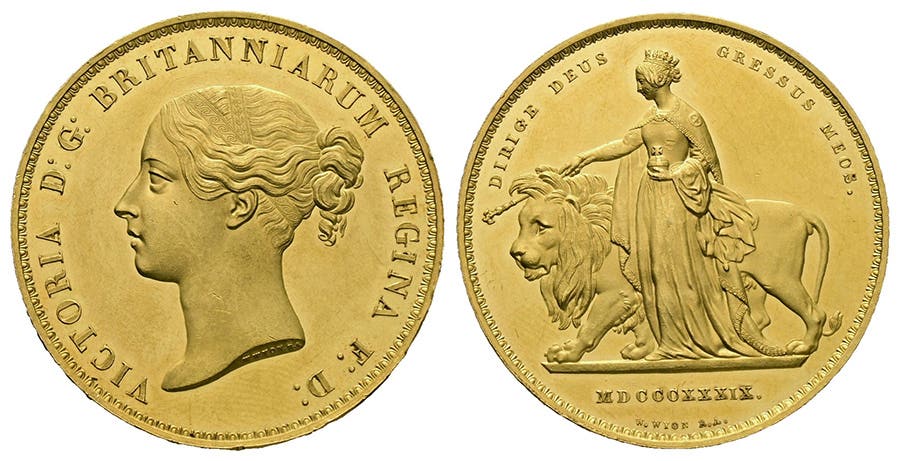China to replace yuan note with coin
By Richard Giedroyc Outside of U.S. Congress most people worldwide will agree a coin will outlast a bank note of the same denomination by years, resulting in saving production and…
By Richard Giedroyc
Outside of U.S. Congress most people worldwide will agree a coin will outlast a bank note of the same denomination by years, resulting in saving production and material costs.
The People’s Republic of China is the latest to follow this wisdom, announcing on March 14 that the 1-yuan bank note is going to be replaced with a coin.
People’s Bank of China Deputy Governor Chen Yulu announced the coins will replace the bank notes nationwide, beginning with a pilot program in five cities in Shandong Province. The results of this program will be monitored to determine the timetable for the introduction of the coins across the rest of the country.
Shandong appears to be the test market for China’s currency reform. Coins in denominations of 5 and 1 jiao (0.5 and 0.1 yuan respectively) have already been introduced there to replace low denomination bank notes of the same values. According to government statements, coins are believed to be cleaner and more environmentally friendly.
Not so fast, says Shenyang Financial Museum curator Liu Lei, who explained to the Shanghai Daily newspaper on March 19 that “In the muggy south bank notes can be easily smudged, while the climate in some coastal regions has erosive effects on coins.”
Liu said he expects plastic to eventually replace both coins and bank notes for use in small denomination transactions. Polymer composition bank notes are already in use in at least 20 other countries.
The government may be deciding in favor of coins, but the public is not necessarily agreeing with them. The Shanghai newspaper sent reporters to three banks in Hangzhou, requesting 10 kilograms of coins in exchange for bank notes at each.
The newspaper quoted an unnamed teller at one of the banks as saying, “We have no coin-counting machines, so we have to do it manually. It will take eight hours for one teller to count and pack all these coins.”
The same teller suggested breaking the transaction into several smaller amounts. She did not refuse the transaction, since refusal is banned by Chinese banking regulations.
A bank manager advised the reporters that only large provincial level banks have automatic coin counting machines. A 2013 central bank report indicates the high cost of buying machines or employing human staff to count coins, compared with the low values of such coins, is a major reason behind banks being reluctant to recycle coins.
Industrial and Commercial Bank of China Manager Wang Hu said, “Counting coins is mainly a social responsibility for banks. Occasionally we received a peddler wishing to exchange a bag of coins, and our tellers had to use spare time to count the coins, and called him to get the exchange days later.”
According to the Shanghai newspaper, “Many Chinese banks already have problems recycling coins smaller than 1 yuan (15 U.S. cents) due to a lack of counting machines, so there are fears that the influx of more coins may worsen the situation.”
China’s official currency is the renminbi or “peoples’ currency.” The yuan is the primary unit of value. All currency is produced at the China Banknote Printing and Minting Corporation. Mints are located at Nanjing, Shanghai and Shenyang. Paper money facilities are in Beijing, Chengdu, Nanchang, Shanghai, Shijiazhuang and Xi’an.
Jiao denominated coins have been made of nickel-plated steel since 2005. Studies indicate coins are typically more popular in urban areas, with small denomination bank notes being more popular in rural regions.
Coins are available for circulation in denominations ranging from 1 fen to 1 yuan. Bank notes are printed in denominations of 1, 2, and 5 jiao and 1, 2, 5, 10, 20, 50, and 100 yuan. Fen and jiao denominations are used infrequently as their purchasing power has diminished. Sources indicate Chinese merchants often avoid decimal values, using yuan-denomination values exclusively.
This article was originally printed in World Coin News.
>> Subscribe today or get your >> Digital Subscription
More Collecting Resources
• Purchase your copy of The Essential Guide to Investing in Precious Metals today to get started on making all the right investing decisions.
• Download The Metal Mania Seminar with David Harper to learn more about the metals market.








